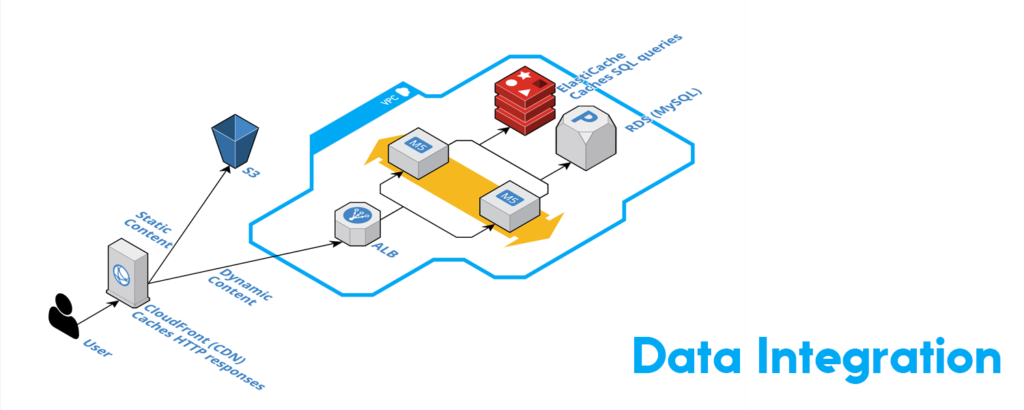Data Integration 101

1.1 What is data integration?
As one of the pillars of data management, data integration focuses on extracting data from various disparate sources and combining it into a unified view. Data integration includes techniques like data cleansing, mapping, and data transformation. It transforms raw data into insights and ultimately enables analysis, reporting, forecasting, and data-driven decisions.
According to Gartner, the discipline of data integration comprises the practices, architectural techniques, and tools for achieving the consistent access and delivery of data across the spectrum of subject data areas and data structure types in the enterprise to meet the data consumption requirements of all applications and business processes.
In other words, data integration answers one straightforward question: “How to integrate data from different sources into one hub for analysis and effective data management?”
1.2 Why do we need data integration?
Businesses that make the most of data integration are more likely to remain competitive. Data integration enhances core operations, like business intelligence, consumer data analytics, data enrichment, and real-time information delivery.
Data integration removes the problem of data silos. It also enables process automation, which saves resources and increases productivity. Data integration lets businesses focus their resources on other critical activities. In other words, instead of having to get access to tools that different departments use, data integration unifies data sources and makes them readily available. Accordingly, an analyst can easily access vital data and use it to improve business processes, regardless of their department.
For instance, online and brick-and-mortar retailers work with a lot of data. Having all that information in one place, regardless of who is responsible for its input, is essential for tracking performance. The ability to manage inventory, labor hours, sales, and other critical KPIs across all of their channels and outlets is made possible via data integration.
Another excellent use case of data integration in financial services is fraud prevention. Fraud has been a major issue in the finance industry and has only gotten worse. However, data integration allows banks and other institutions to identify, eliminate, and prevent fraud cases. After the data is integrated, analytics can easily search for anomalies and outliers, often catching fraud before it affects the customer. However, such an early action is not feasible if the data is still siloed or fragmented.
See how DataStreams helped Kookmin Bank.
1.3 Data integration tools
Businesses can benefit from data integration solutions on the market instead of manually developing the software solutions required to connect their data. In doing so, analysts could focus on what they do best – interpreting the data and saving significant time and resources. Data integration tools enable organizations to access, integrate, transform, process and move data spanning various endpoints and any infrastructure to support their data integration use cases.
There is a variety of data integration tools and techniques, including:
· Extract, Transform and Load: multiple datasets are combined and harmonized before being loaded into a data warehouse.
· Extract, Load, and Transform: loads data as is and transforms it later for specific analytic purposes.
· Change Data Capture: captures real-time data changes in databases and accordingly applies them to data repositories.
· Data Replication: copies data from one database to another to keep the information synchronized and backed up
· Data Virtualization: instead of loading data into a new repository, data from different repositories can be combined virtually to create a unified view.
· Streaming Data Integration: The continuous integration of data streams into analytics systems and data repositories in real time.
Here are a few examples of tools for data integration:
· Data integration – TeraStream
· Data management platform – TeraONE